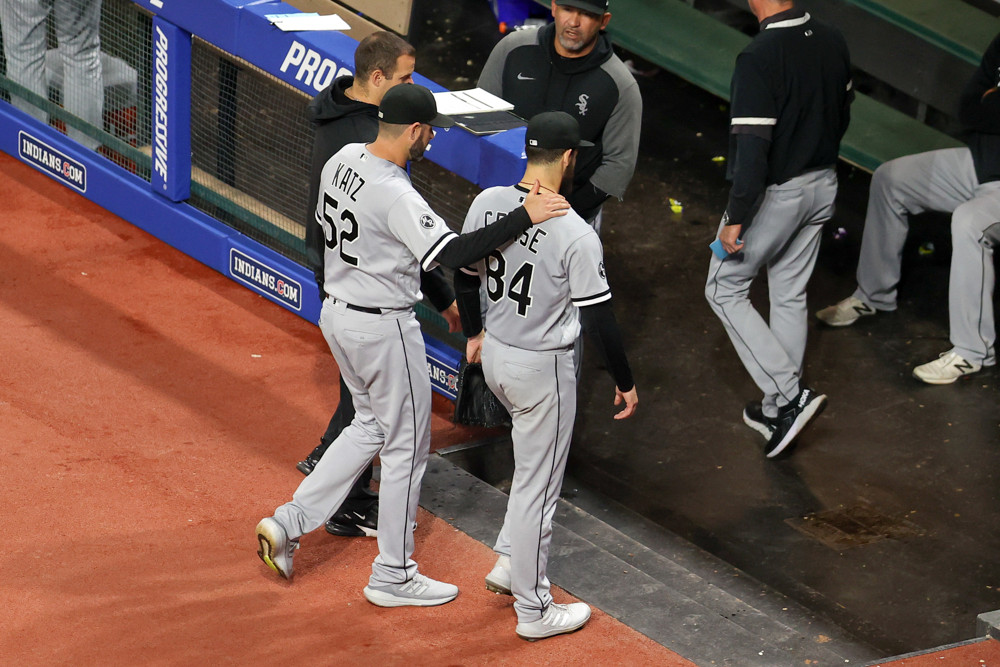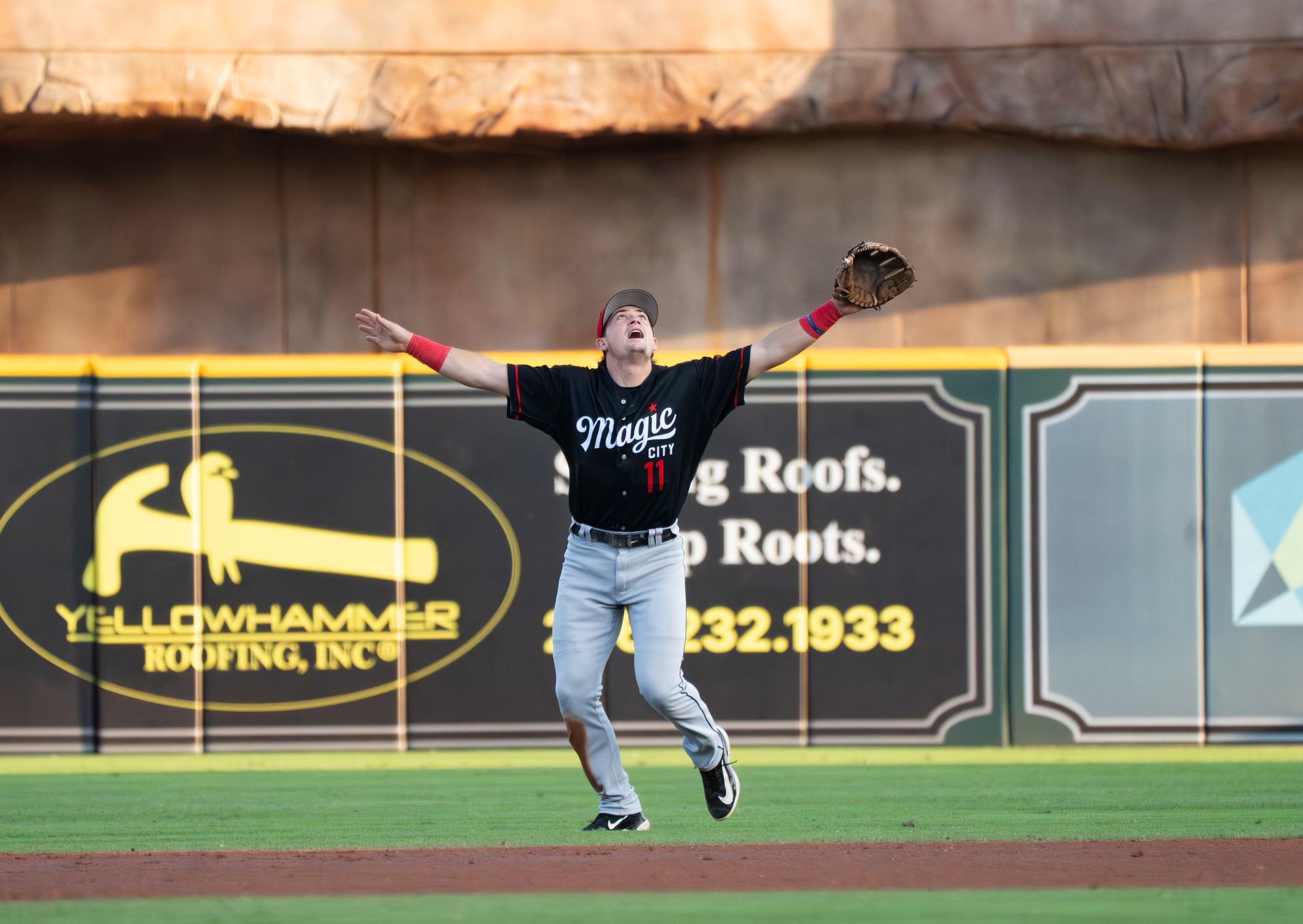With four games remaining, the White Sox rotation is officially "López and Nova until it's all over." Dylan Cease exited his start when he strained his hamstring during his bullpen session before Thursday's game, joining Lucas Giolito and (to a lesser extent) Dylan Covey as pitchers that can't offer innings to Rick Renteria in the season's last week.
Cease is closer to his fellow Dylan C. than Giolito when evaluating the quality of the innings he already logged. He finishes the year 4-7 with a 5.79 ERA over 14 starts and 73 innings. The 81 strikeouts are good. The 35 walks are OK. The 78 hits -- 15 of which are homers -- need work.
He put a dent in those latter numbers in September, posting a 3.00 ERA and allowing just 16 hits (two homers) over 21 innings. Cease's game log will show that he ended his season on a high note, throwing six innings of one-run ball against the Tigers back on Sept. 20.
I would've liked to see one more start against a quality opponent, just to better understand the state of his game at the end of 2019. He went 3-0 with a 3.38 ERA against the Tigers in 2019, and 1-7 with a 6.47 ERA against everybody else.
That said, one more start would've mostly served as symbolism. He already set a career high with 150 innings, and it's pretty clear what lies ahead of him -- get people off his fastball, especially lefties.
It's the roughest introduction for this recent crop of young White Sox starters. Reynaldo López and Lucas Giolito each notched a decent two months back in 2017, and Michael Kopech took it up a step further with his stuff when weather and his ulnar collateral ligament allowed him.
Cease had the roughest adjustment yet, which was partially a product of the Triple-A environment being so counterproductive to developing pitchers. López, Giolito and Kopech all had an extended runway of success in Charlotte before getting called up to Chicago. Cease, conversely, posted a 4.48 ERA with the first-inning issues he battled with the White Sox, but he and the other Knights pitchers were virtually plying their trade at altitude.
The White Sox made the right call in letting him take his lumps in Chicago, instead. Cease seemed to appreciate the opportunity:
“It’s a lot different than anything you can prepare for in the minor leagues,” Cease said. “I’ve learned how to handle the travel, some stuff off the field. And then on the field, it’s been learning which pitches work, learning which adjustments need to be done.”
Giolito is going to be the offseason transformation lottery dream held by every White Sox fan for every White Sox player over the next 10 years. He wasn't inspired to address the fundamentals of his delivery after an encouraging-but-not-electric rookie season. It was only until he started getting routinely drubbed in the majors that he overhauled his preparation methods. If you look at it that way, Cease was better off struggling than succeeding his first time around.
The problem is that can also be applied to López, Covey and the rest of the non-Giolito pitchers. Just like the offense with its plate discipline issues, when everybody has similar struggles at the same time, it's all an indistinguishable blob of below-averageness, even if some are more defensible than others.
The other question is whether the developmental issues Cease encountered in Charlotte will be a hurdle for the other arms that represent the White Sox' internal pitching depth. Maybe Kopech doesn't need to prove he can hack it in Triple-A before he returns to the White Sox, but Dane Dunning hasn't yet pitched for the Knights, and neither have Bernardo Flores, Jonathan Stiever, and, whenever he comes back from his Tommy John procedure, Jimmy Lambert. If they're going to have a harder time hitting the ground running, the Sox probably shouldn't count on them when it comes to meaningfully boosting 2020 and 2021 win projections.
These are speculative concerns, and ones that could be overwritten with action or time. The White Sox have the budget room to add sizable veteran contributions. It's also possible that Charlotte will be normalized within a year or so, because Rob Manfred is finally acknowledging that the product is warped.
“We have reconvened the group of scientists that worked with us before [on the initial study],” he said. “We’ve asked them to take a fresh look at everything that is occurring with the baseball. We expect to get this new report shortly after the World Series.” [...]
“The only thing I’m prepared to say at this point and time is I do think that we need to see if we can make some changes that gives us a more predictable, consistent performance from the baseball.”
However it happens, resuscitated pitching depth is going to be vital for the next step in the White Sox rebuild. They only need to look across town to see what happens when the supply dries up.





